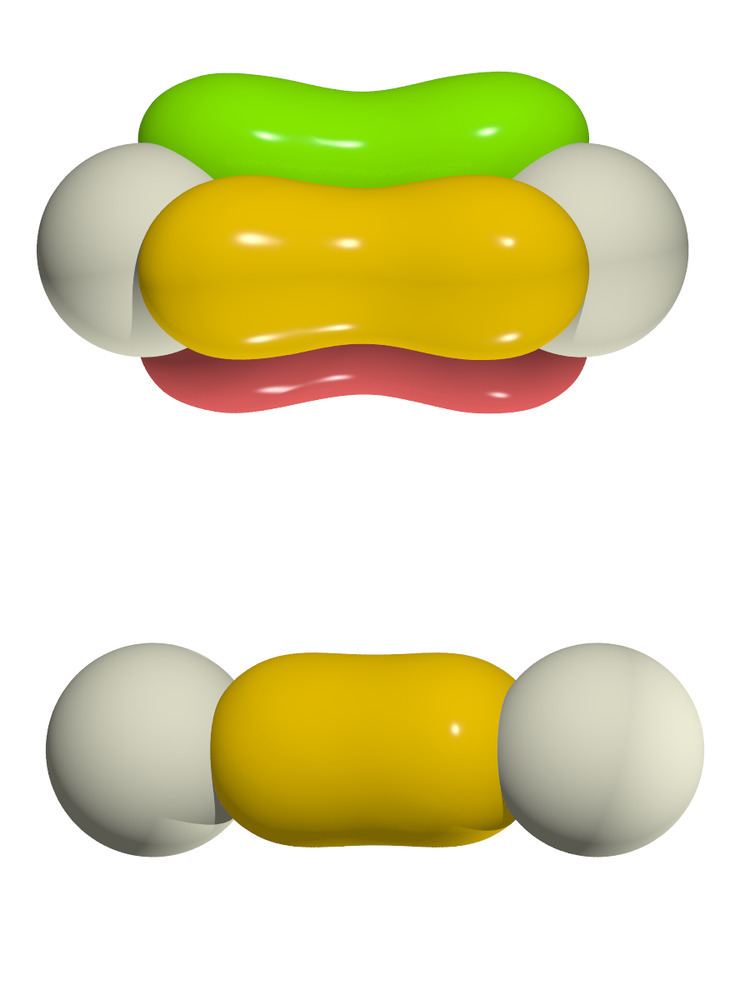 | ||
The Wannier functions are a complete set of orthogonal functions used in solid-state physics. They were introduced by Gregory Wannier. Wannier functions are the counterpart of localized molecular orbitals for crystalline systems.
Contents
The Wannier functions for different lattice sites in a crystal are orthogonal, allowing a convenient basis for the expansion of electron states in certain regimes. Wannier functions have found widespread use, for example, in the analysis of binding forces acting on electrons; the existence of exponentially localized Wannier functions in insulators has been proved in 2006. Specifically, these functions are also used in the analysis of excitons and condensed Rydberg matter.
Definition
Although, like localized molecular orbitals, Wannier functions can be chosen in many different ways, the original, simplest, and most common definition in solid-state physics is as follows. Choose a single band in a perfect crystal, and denote its Bloch states by
where uk(r) has the same periodicity as the crystal. Then the Wannier functions are defined by
where
where "BZ" denotes the Brillouin zone, which has volume Ω.
Properties
On the basis of this definition, the following properties can be proven to hold:
In other words, a Wannier function only depends on the quantity (r − R). As a result, these functions are often written in the alternative notation
where the sum is over each lattice vector R in the crystal.
Wannier functions have been extended to nearly periodic potentials as well.
Localization
The Bloch states ψk(r) are defined as the eigenfunctions of a particular Hamiltonian, and are therefore defined only up to an overall phase. By applying a phase transformation eiθ(k) to the functions ψk(r), for any (real) function θ(k), one arrives at an equally valid choice. While the change has no consequences for the properties of the Bloch states, the corresponding Wannier functions are significantly changed by this transformation.
One therefore uses the freedom to choose the phases of the Bloch states in order to give the most convenient set of Wannier functions. In practice, this is usually the maximally-localized set, in which the Wannier function ϕR is localized around the point R and rapidly goes to zero away from R. For the one-dimensional case, it has been proved by Kohn that there is always a unique choice that gives these properties (subject to certain symmetries). This consequently applies to any separable potential in higher dimensions; the general conditions are not established, and are the subject of ongoing research.
A Pipek-Mezey style localization scheme has also been recently proposed for obtaining Wannier functions. Contrary to the maximally localized Wannier functions (which are an application of the Foster-Boys scheme to crystalline systems), the Pipek-Mezey Wannier functions do not mix σ and π orbitals.
Modern theory of polarization
Wannier functions have recently found application in describing the polarization in crystals, for example, ferroelectrics. The modern theory of polarization is pioneered by Raffaele Resta and David Vanderbilt. See for example, Berghold, and Nakhmanson, and a power-point introduction by Vanderbilt. The polarization per unit cell in a solid can be defined as the dipole moment of the Wannier charge density:
where the summation is over the occupied bands, and Wn is the Wannier function localized in the cell for band n. The change in polarization during a continuous physical process is the time derivative of the polarization and also can be formulated in terms of the Berry phase of the occupied Bloch states.
